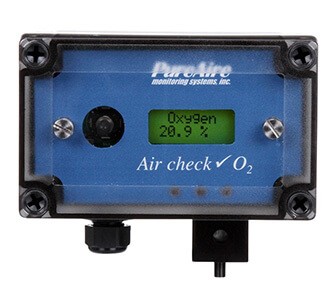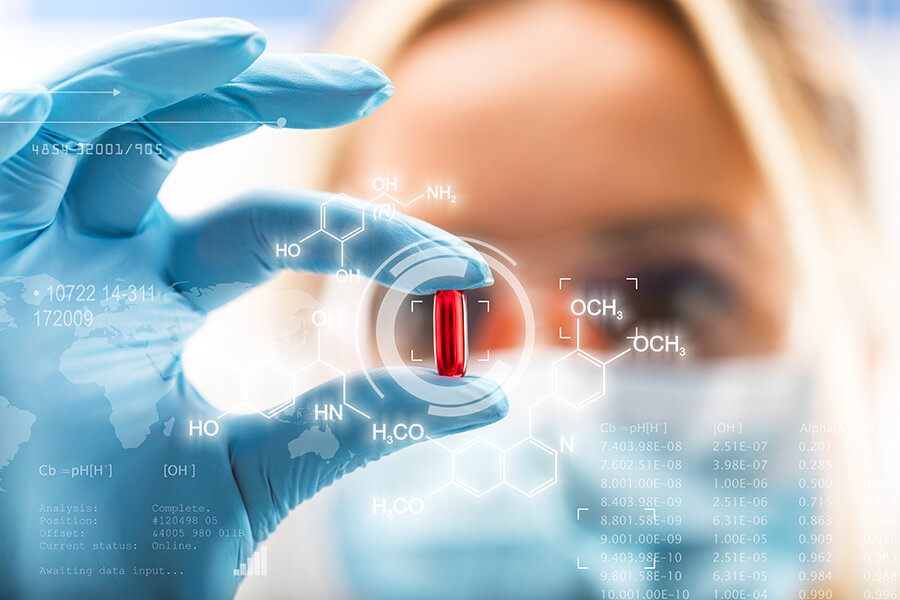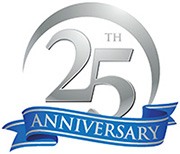Pharmaceutical Companies Rely on Nitrogen
- By : PureAire Monitoring Systems
- Posted on : July 14, 2020
- News Room
Pharmaceutical firms research, develop, and manufacture over-the-counter and prescription drugs and medicines. Usage of these drugs includes, but is not limited to, vaccinations, treatment for chronic conditions, and pain management.
To protect the health and well-being of the public, the pharmaceutical industry is one of the most highly regulated industries. For instance, in the United States, the Food and Drug Administration (FDA) carefully monitors pharmaceutical companies to ensure they are complying with the FDA’s Current Good Manufacturing Practice regulations. These regulations contain requirements for the methods, facilities, and controls used in the manufacturing, processing, and packaging of a drug product. The regulations are intended to ensure that a product is safe for use, and that it contains the ingredients and strengths it claims to have.
Pharmaceutical Manufacturers Rely on Nitrogen
Pharmaceutical manufacturers rely on nitrogen(N2) (an abundant, inert gas which makes up 78% of the air we breathe) for a wide range of uses, including everything from mixing raw materials, to cryogenic grinding (a process using liquid nitrogen to create ultra-fine, uniform particles), to purging oxygen from packaging.
A sterile environment is critical throughout the drug manufacturing and packaging processes. Nitrogen is used to remove oxygen (O2), moisture, and other possible contaminants, in order to create and maintain a sterile environment for production and packaging.
Nitrogen blanketing is the process by which pharmaceutical manufacturers create an inert, non-reactive, environment for safely mixing chemical compounds. Blanketing with nitrogen safeguards against corrosion and oxidation, and prevents possible volatile reactions that might occur if O2 were present, as some medicinal compounds can be highly combustible when exposed to oxygen.
Oxygen and moisture are purged from packaging not only to maintain sterility but also to protect products during transport, and prolong the stability and shelf life of the packaged drugs.
Oxygen Monitors Can Reduce Risk in Pharmaceutical Manufacturing Facilities Utilizing Nitrogen
Nitrogen is an oxygen-depleting gas that is both odorless and colorless. As such, absent appropriate monitoring, workers would be unable to detect a nitrogen leak if one were to occur in a gas cylinder or line. When there is not enough oxygen in the air, persons working in the area can become disoriented, lose consciousness, or even suffocate due to the lack of oxygen.
Fortunately, by utilizing a top-quality oxygen monitor, also known as an oxygen deficiency monitor, pharmaceutical personnel can track oxygen levels and detect nitrogen leaks before an employee’s health is jeopardized.
PureAire Monitors
 PureAire Monitoring Systems’ oxygen deficiency monitors continuously track levels of oxygen and will detect nitrogen leaks before the health of pharmaceutical personnel is put at risk. Built with zirconium oxide sensor cells to ensure longevity, PureAire’s O2 monitors can last, trouble-free, for over 10 years under normal operating conditions. In the event of a nitrogen gas leak, and a decrease in oxygen to an unsafe level, the monitor will set off an alarm, complete with horns and flashing lights, alerting employees to evacuate the area.
PureAire Monitoring Systems’ oxygen deficiency monitors continuously track levels of oxygen and will detect nitrogen leaks before the health of pharmaceutical personnel is put at risk. Built with zirconium oxide sensor cells to ensure longevity, PureAire’s O2 monitors can last, trouble-free, for over 10 years under normal operating conditions. In the event of a nitrogen gas leak, and a decrease in oxygen to an unsafe level, the monitor will set off an alarm, complete with horns and flashing lights, alerting employees to evacuate the area.
Best practice calls for oxygen deficiency monitors to be installed anywhere there is a risk of gas leaks. The oxygen monitors should be placed wherever nitrogen is stored, and in all rooms and areas where nitrogen is used.
PureAire oxygen monitors measure oxygen 24/7, with no time-consuming maintenance or calibration required.
Each PureAire O2 monitor has an easy to read screen, which displays current oxygen levels, for at-a-glance readings by pharmaceutical manufacturing personnel, who derive peace of mind from the monitor’s presence and reliability.



